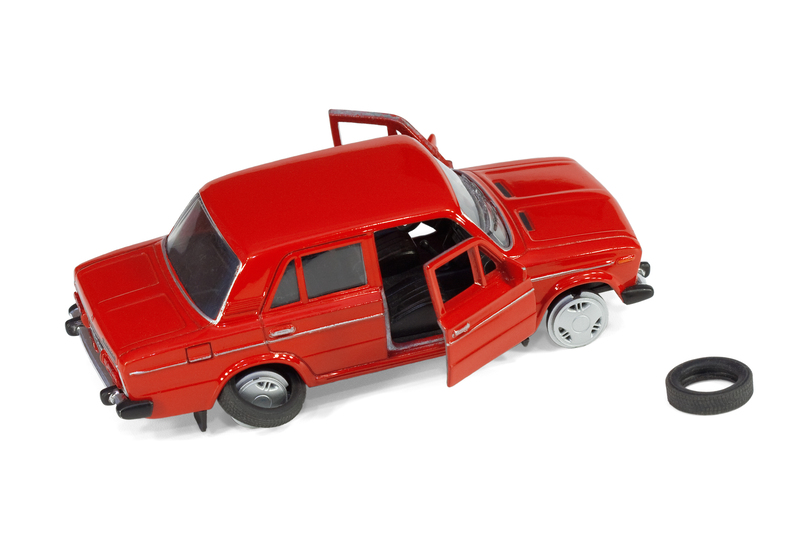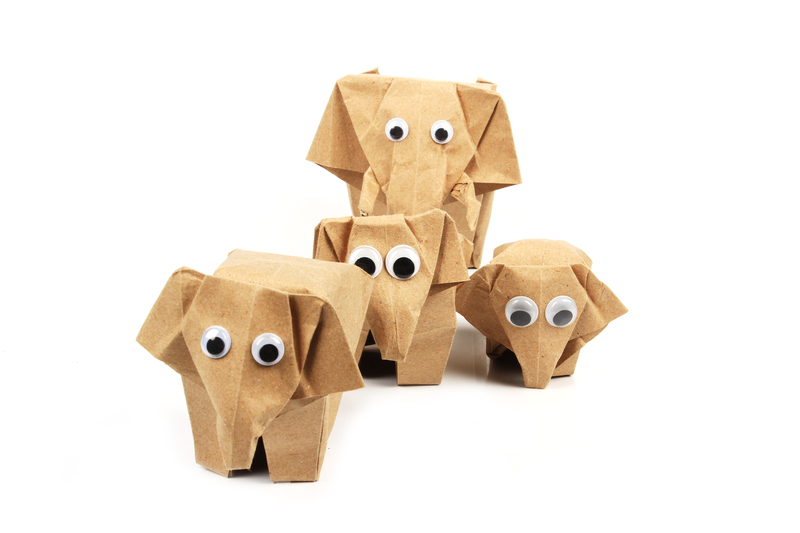Step-by-Step Recycling Guide for Kids
Recycling is an essential activity that helps protect our planet, conserve resources, and keep our environment clean. Teaching kids the importance of recycling and how to do it properly can set the foundation for sustainable habits they will carry into adulthood. This step-by-step guide will walk kids through the process of recycling effectively.
1. Understanding What Recycling Is
Recycling involves converting waste materials into new products to prevent waste, reduce consumption of fresh raw materials, and minimize energy use. Kids need to learn that not everything that they throw away is garbage; some items can be reused in new ways.

2. Identifying Recyclable Materials
The first step is to identify which materials can be recycled. The most commonly recyclable items include:
- Paper - newspapers, magazines, office paper, and cardboard.
- Plastics - bottles, containers, and bags.
- Metals - aluminum cans, tin cans, and foil.
- Glass - bottles and jars.
Teach kids to check for the recycling symbol on items to determine if they are recyclable.
3. Sorting Recyclables
After identifying recyclable items, the next step is to sort them. Use different bins or boxes for each type of material. This makes it easier for waste management companies to process and recycle the materials efficiently. Encourage kids to color-code the bins to make sorting fun and engaging.
4. Cleaning Recyclables
Before placing items in the recycling bin, make sure they are clean. Food residue can contaminate the recyclables, making them harder to process. Teach kids to rinse out bottles, jars, and cans before recycling them.
5. Knowing What Cannot Be Recycled
Not everything is recyclable, and it's equally important to educate kids about items that shouldn't go in the recycling bin. Some examples include:
- Plastic bags (these can often be recycled at specific drop-off locations)
- Polystyrene foam (such as Styrofoam)
- Electronics
- Hazardous materials (batteries, paint, etc.)
6. Participating in Local Recycling Programs
Find out about local recycling programs and facilities. Many communities offer recycling pick-up services or have drop-off locations. Ensure kids understand where and how to deposit their recyclables.
7. Creative Recycling Ideas
Encourage kids to get creative with recycling. They can transform used materials into art projects, toys, or useful household items. This not only reduces waste but also inspires ingenuity and creativity.
Pros and Cons of Recycling
Pros:
- Environmental Benefits: Reduces pollution, conserves natural resources, and decreases landfill waste.
- Energy Savings: Manufacturing products from recycled materials uses less energy than producing them from new materials.
- Economic Benefits: Creates jobs and can be cost-effective for communities.
Cons:
- Contamination Issues: Improperly sorted or dirty recyclables can contaminate entire batches of recycling.
- Economic Cost: Recycling programs can be expensive to implement and maintain.
- Limited Markets: There may be limited demand for some recycled materials.
Tips for Effective Recycling
- Always rinse and clean recyclables before putting them in the bin.
- Flatten cardboard boxes to save space in the recycling bin.
- Avoid "wishcycling" - only recycle items that are confirmed to be recyclable in your area.
- Educate family and friends about proper recycling practices.

Takeaways
Teach kids that recycling is crucial for preserving our environment and conserving resources. Encourage them to be active participants in reducing waste by understanding what can be recycled, sorting materials properly, and engaging in creative recycling activities. Instill the knowledge that both pros and cons exist, and that continuous learning and improvement in recycling practices are necessary.
Conclusion
Recycling is an important and impactful activity that everyone, including kids, can participate in to help safeguard our planet. By following this step-by-step guide, kids will learn the fundamental principles of recycling, how to identify and sort recyclables, and the importance of keeping our environment clean. With the right knowledge and practices, we can create a sustainable future for generations to come.
